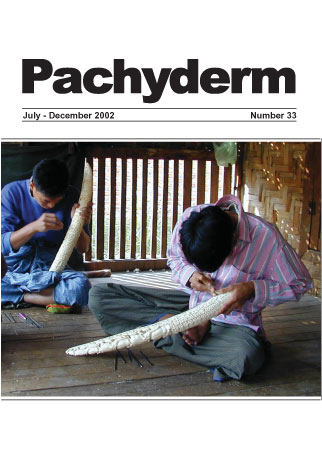Update on the study and management of human-elephant conflict in Africa/ Mise en courant de l'etude et la gestion du conflit hommes-elephants en Afrique
Abstract
Reviews focus and work of the Human-Elephant Conflict Working Group since its inception in 1996. Initial identification and investigation of specific aspects of human-elephant conflict (HEC) problems focused on management related outputs led to 'the production in 2001 of a 'decision support system' for managing conflicts'. 'A network of AfESG collaborators' continues to contribute towards a growing understanding of the HEC phenomenon which manifests itself in complex social and spatial dynamics across many bio-geographical landscapes in Africa. On the ground assessments have brought common characteristics and themes to bear on the application of management principles for human and other wildlife conflicts as well as those involving elephants. Thus 'HEC has become not a problem in isolation but a topic strongly linked to many fundamental conservation issues, especially community conservation initiatives'. Hoare summarizes HEC knowledge in 10 points, four under human-elephant conflict plus 6 under other key points to keep in mind. The first set includes: the fact that HEC is widespread in Africa, and can be politically important on a local scale; it involves agricultural loss and social problems for affected people; it has complex spatial dynamics across the landscape; and the communitiy may perceive quite differently than illustrated by gathered information.
Downloads
Published
How to Cite
Issue
Section
License
Copyright (c) 2002 Richard E. Hoare

This work is licensed under a Creative Commons Attribution-NonCommercial 4.0 International License.




